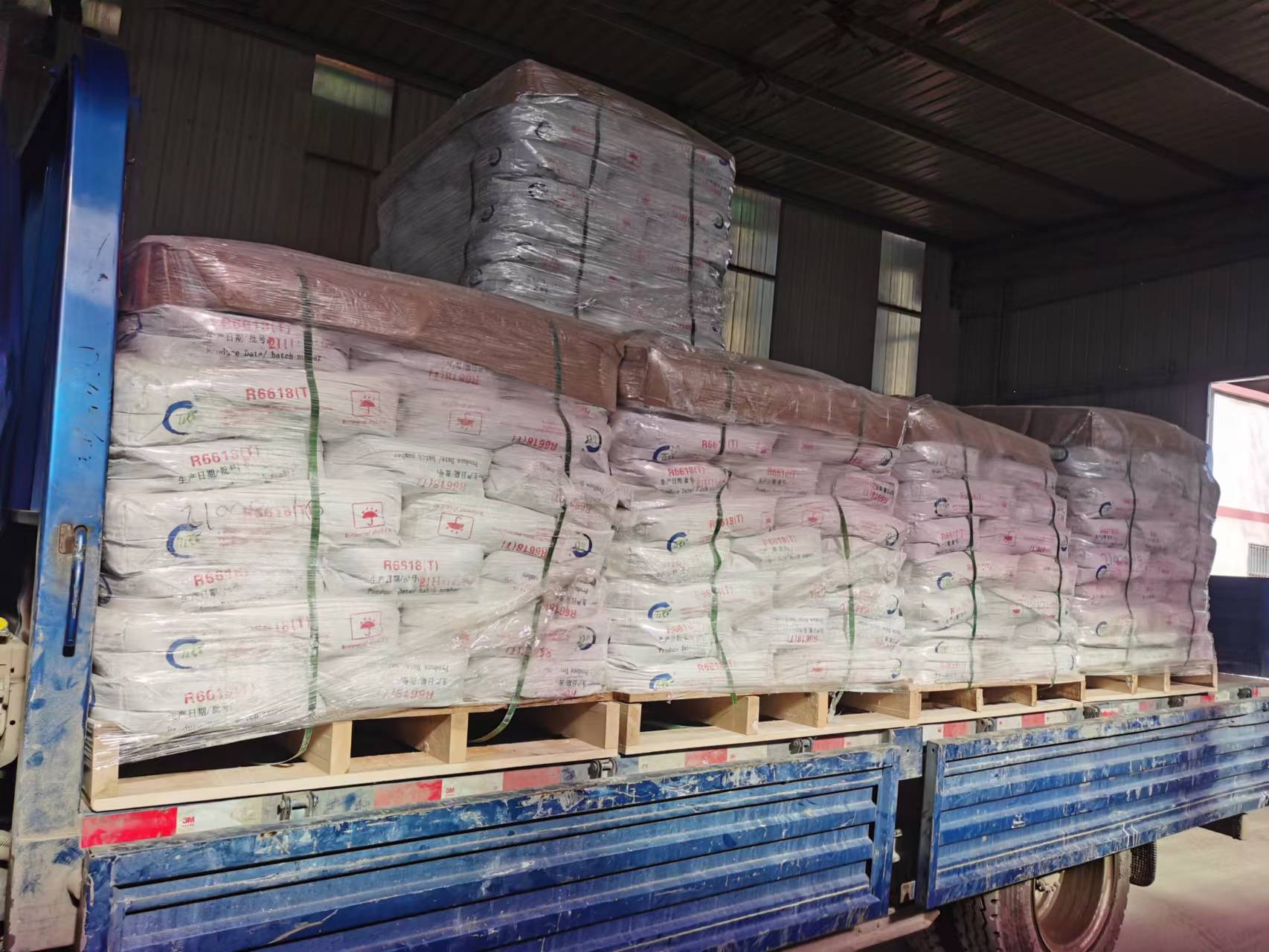
Aug . 13, 2024 04:02 Back to list
Exploring the Role of Titanium Dioxide in Enhancing Rubber Manufacturing Processes and Product Quality
The Role of TiO2 in Rubber Manufacturing Enhancing Performance and Durability
Titanium dioxide (TiO2) is a versatile compound that has found widespread application in various industries, including rubber manufacturing. This white, powdery substance is primarily known for its role as a pigment due to its exceptional brightness and opacity. However, its benefits extend far beyond aesthetics. In the context of rubber production, TiO2 serves multiple functions that enhance the performance and durability of rubber products.
The Role of TiO2 in Rubber Manufacturing Enhancing Performance and Durability
Another important function of TiO2 in rubber manufacturing is its role as a UV stabilizer. Rubber can degrade when exposed to ultraviolet (UV) radiation from sunlight, leading to loss of elasticity, fading of color, and ultimately, product failure. The incorporation of TiO2 helps to absorb and scatter UV light, protecting the rubber from photodegradation. This property is particularly beneficial for outdoor applications, where rubber materials are frequently exposed to harsh environmental conditions. With TiO2, manufacturers can produce rubber products that not only look better for longer but also maintain their functionality and safety over time.
tio2 used in rubber manufacturer

Furthermore, TiO2 contributes to improving the processing characteristics of rubber. The dispersion of TiO2 in rubber compounds can enhance the flow properties during manufacturing, making it easier for the material to be shaped and molded into desired forms. This improved processability can lead to greater efficiency in production and reduced manufacturing costs. As the rubber industry seeks to optimize production while maintaining high-quality standards, the role of TiO2 becomes even more critical.
In addition to these benefits, TiO2 is an eco-friendly additive. With increasing awareness of environmental issues, manufacturers are seeking sustainable materials that do not pose harm to the planet. TiO2 is regarded as a non-toxic substance, making it a suitable choice for manufacturers aiming to reduce their ecological footprint while still achieving high-performance products. The use of TiO2 aligns with modern trends towards sustainability in manufacturing, appealing to consumers who are more environmentally conscious.
Despite its numerous advantages, there are considerations that rubber manufacturers need to take into account when using TiO2. The quality and grade of TiO2 can significantly influence its effectiveness as an additive. Companies must ensure they source high-quality TiO2 that meets their specific needs, as impurities or lower-quality products can lead to suboptimal results in rubber formulations. Additionally, balancing the concentration of TiO2 within the rubber compound is crucial, as excessive amounts can negatively affect the overall performance of the rubber.
In conclusion, titanium dioxide plays a multifaceted role in rubber manufacturing by enhancing mechanical properties, providing UV protection, improving processing efficiency, and supporting sustainability efforts. As the rubber industry continues to evolve, the utilization of TiO2 will likely expand, reflecting its importance in developing high-quality, durable rubber products that meet the demands of both manufacturers and consumers. The ongoing research and innovation surrounding TiO2 will undoubtedly pave the way for even more advanced applications in the rubber sector.
-
Premium 6618 Titanium Dioxide for GPT-4 Turbo Applications
NewsJul.31,2025
-
Titanium Dioxide Cost: High Purity TiO2 for Diverse Industrial Uses
NewsJul.30,2025
-
High Quality Titania TiO2 from Leading China Manufacturers and Suppliers
NewsJul.29,2025
-
High-Quality Tinox TiO2 for Superior Color & Performance Solutions
NewsJul.29,2025
-
High Quality Titania TiO2 from Leading China Supplier & Manufacturer
NewsJul.29,2025
-
High-Performance r6618 TiO2 for Superior Whitening and Versatility
NewsJul.28,2025
